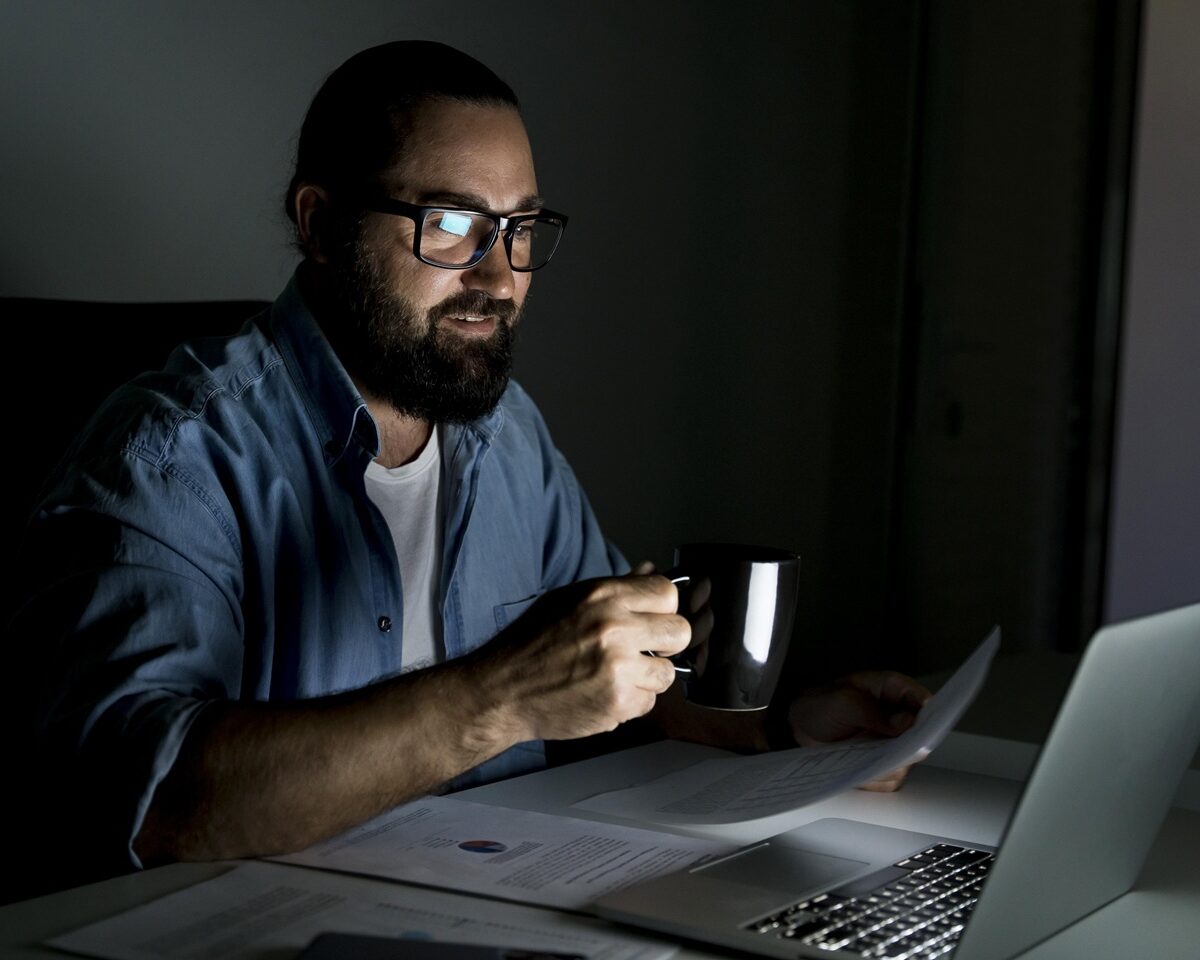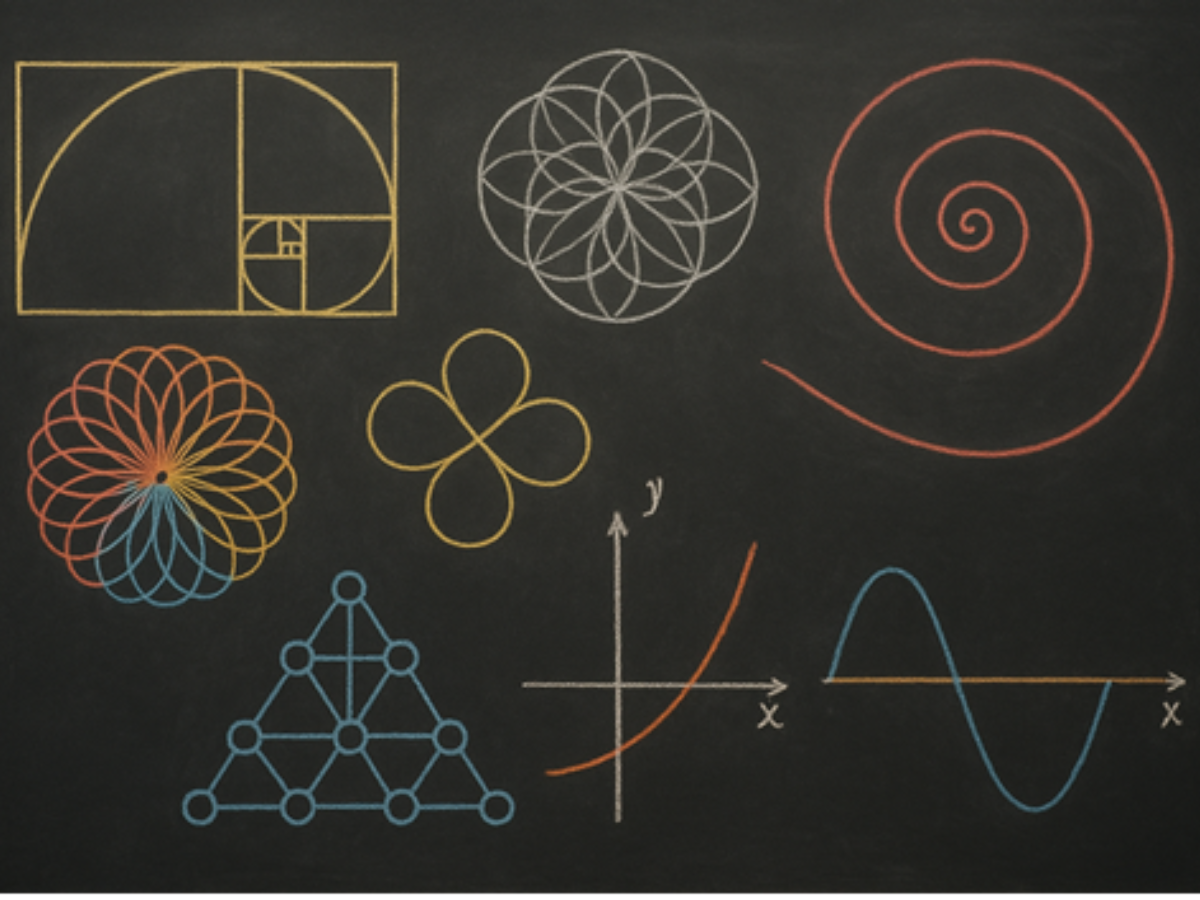There’s something almost mythical about the mind of a designer. People see the polished end results — sleek logos, eye-catching posters, perfectly balanced compositions — and assume the process is just… aesthetic magic. But behind every visual is a mental tug-of-war of thoughts, emotions, second guesses, and caffeine-fueled marathons.
Design isn’t just a skill — it’s a mindset. A 24/7 way of seeing the world differently. A designer doesn’t just “look” at things — they analyze, decode, and reimagine. Every billboard, every app interface, every poorly kerned font on a restaurant menu becomes part of our mental Pinterest board — whether we like it or not.
It’s both beautiful and exhausting.
And that’s exactly what this blog is about.
Let’s step away from the filters and deep into the unfiltered, chaotic, and wonderfully messy world that lives inside a designer’s head.
The Inner Dialogue: Constant and Unfiltered
A designer’s brain is always on. Even when we’re not “working,” we’re observing — how the street signs are designed, how an app icon is too cluttered, how the shade of green on that café wall hits just right.
It’s like life becomes one big moodboard. The eyes never rest, because everything around us is inspiration… or potential competition.
There’s a constant mental dialogue running in the background:
- “Should I move this one pixel left?”
- “Why does this typeface look wrong even though it’s technically right?”
- “Does this design feel human or just clever?”
This inner monologue isn’t just about aesthetics — it’s about intuition. A sixth sense designers develop over time that no tutorial can teach.
Design is Personal, Even When It’s Not
Nobody talks enough about how exposed you feel after sharing a design.
You’re showing the world a piece of how you think.And when someone critiques it — no matter how helpful they’re trying to be — it stings. Because it’s you in there. Your taste. Your energy. Your choices.
It’s like posting a selfie of your brain and asking, “Do you like this?”
But vulnerability is what gives design power.
Because when your work connects with someone — really hits them — it’s the most incredible feeling in the world.
The Battle of Perfectionism vs. Progress
Let’s be honest: Designers are their own worst critics.
You can have 99 layers and still feel like something’s off. You’ll re-export a file 7 times just because the gradient feels “a bit too sharp.” You’ll sit there tweaking margins that nobody else will notice.
But here’s the thing: perfection isn’t the goal — clarity is.
Over time, you learn to let go. To release the work even if it’s not 100% “you.” Because design is not about getting it perfect, it’s about communicating clearly. And sometimes, progress means knowing when to stop.
The Process Is Rarely Smooth — But Always Worth It
We go through phases:Excitement → doubt → frustration → hope → breakthrough → peace.
Every project has its ups and downs.
Sometimes we hit flow and everything clicks. Other times, we stare at the screen for hours feeling stuck.
But then we tweak one thing — and something shifts.
And in that moment, it all makes sense.
That’s what keeps us coming back.
Not perfection, but progress.
We Design Because We Really, Truly Care
No matter what kind of designer we are — graphic, product, fashion, whatever — at the core of it, we care.
We care how things look, how they feel, and how they affect people.We spend hours on details most won’t even notice — not because we have to, but because we want to.
It’s not always about making something beautiful.
It’s about making something that feels right.
Something that makes someone’s experience just a little smoother, a little clearer, a little kinder.
Before You Go
Heres a small note for the upcoming designers-
Design is more than how something looks — it’s how it works, how it feels, and how it quietly supports the people interacting with it. Behind every thoughtful detail is time, effort, and care that often goes unseen.
It’s rarely a straight path. There are drafts, doubts, and days where nothing feels right. But that’s all part of it — the process, the patience, the quiet progress.
What makes design powerful isn’t perfection. It’s intention.
And that intention is what truly stays.
At Design India Collective, we help shape the mind of a designer — where creativity meets empathy, intention, and lifelong curiosity.
“Good design is a mirror—it reflects not just creativity, but care. And care is what people remember long after they forget the layout.”



